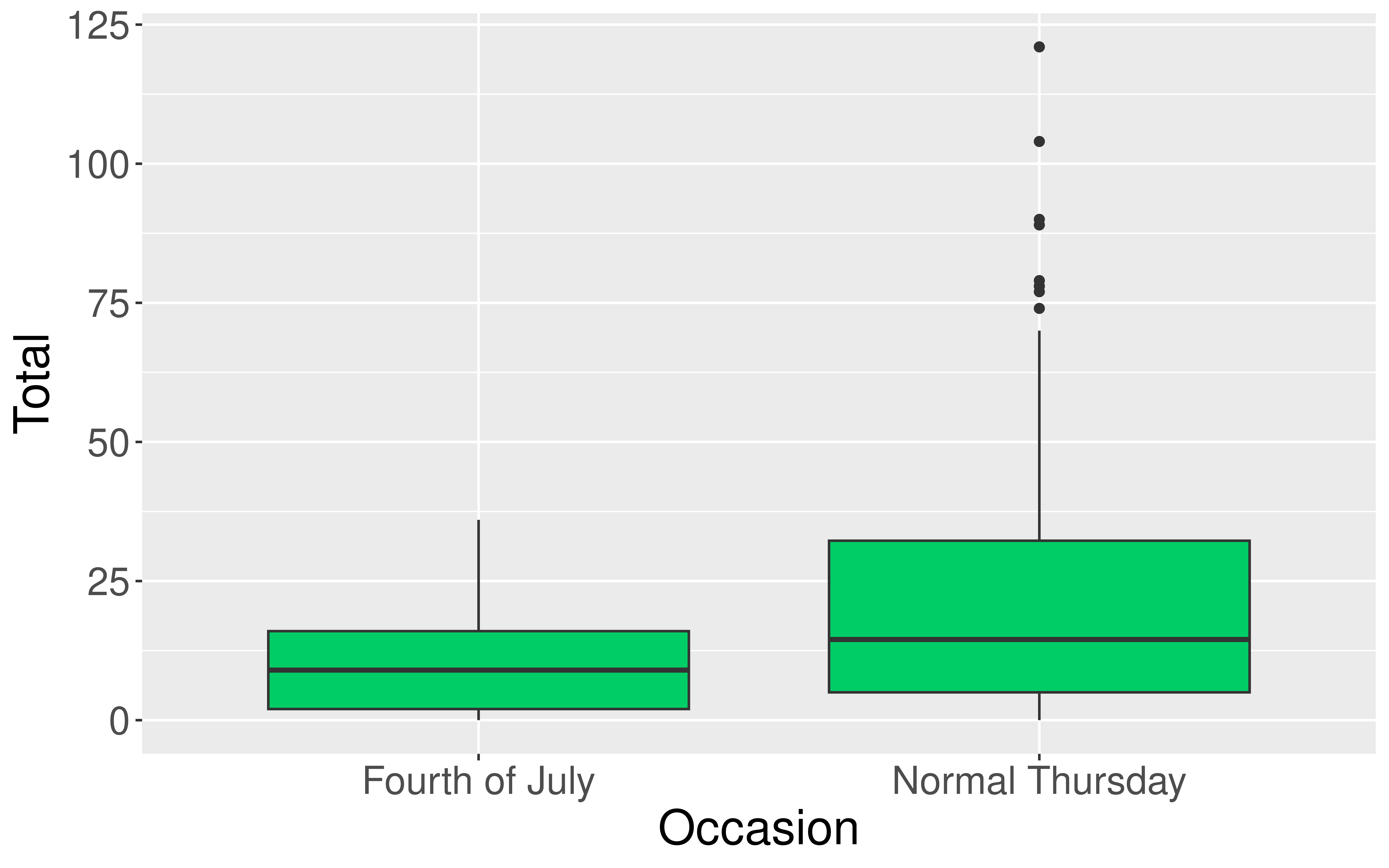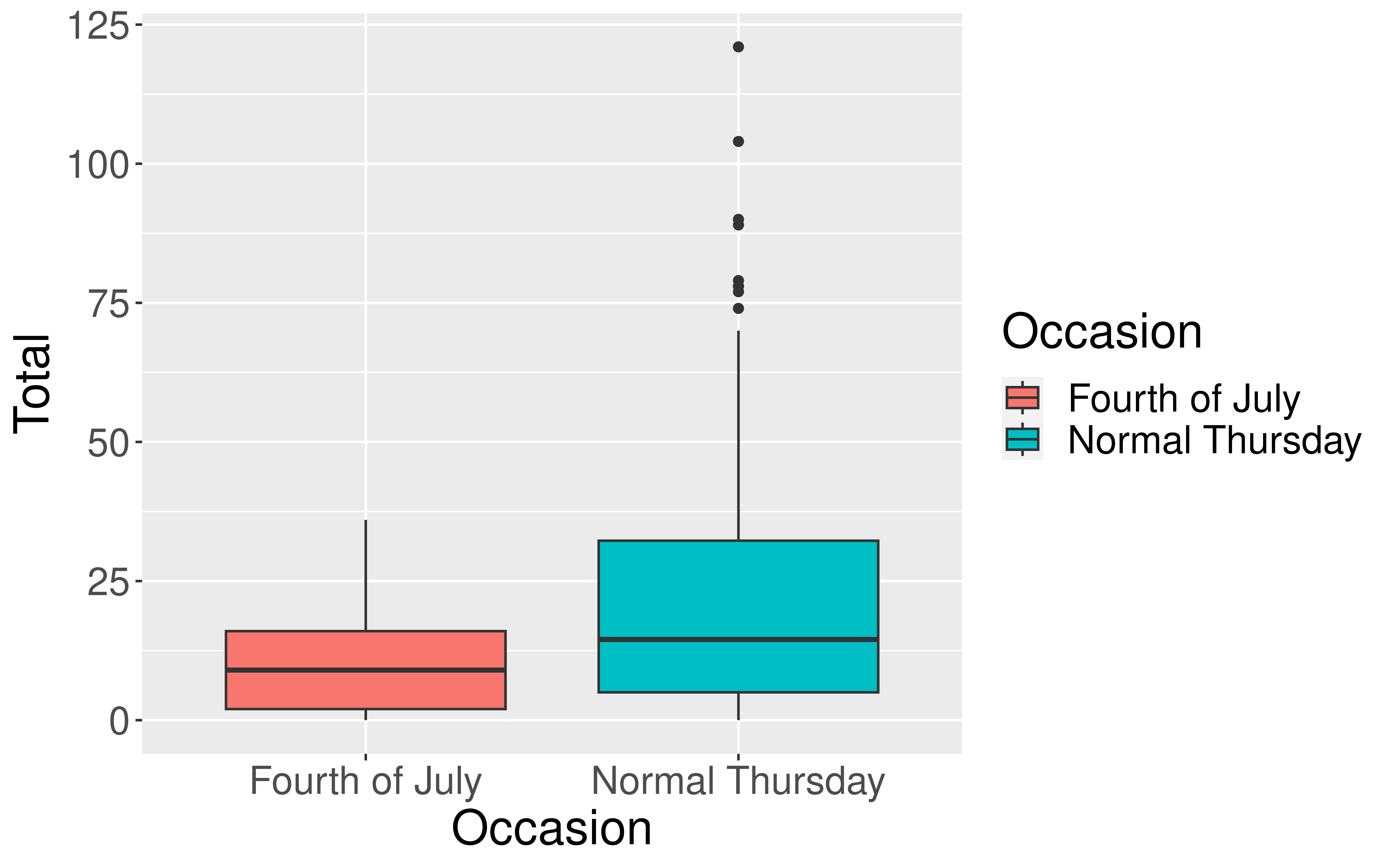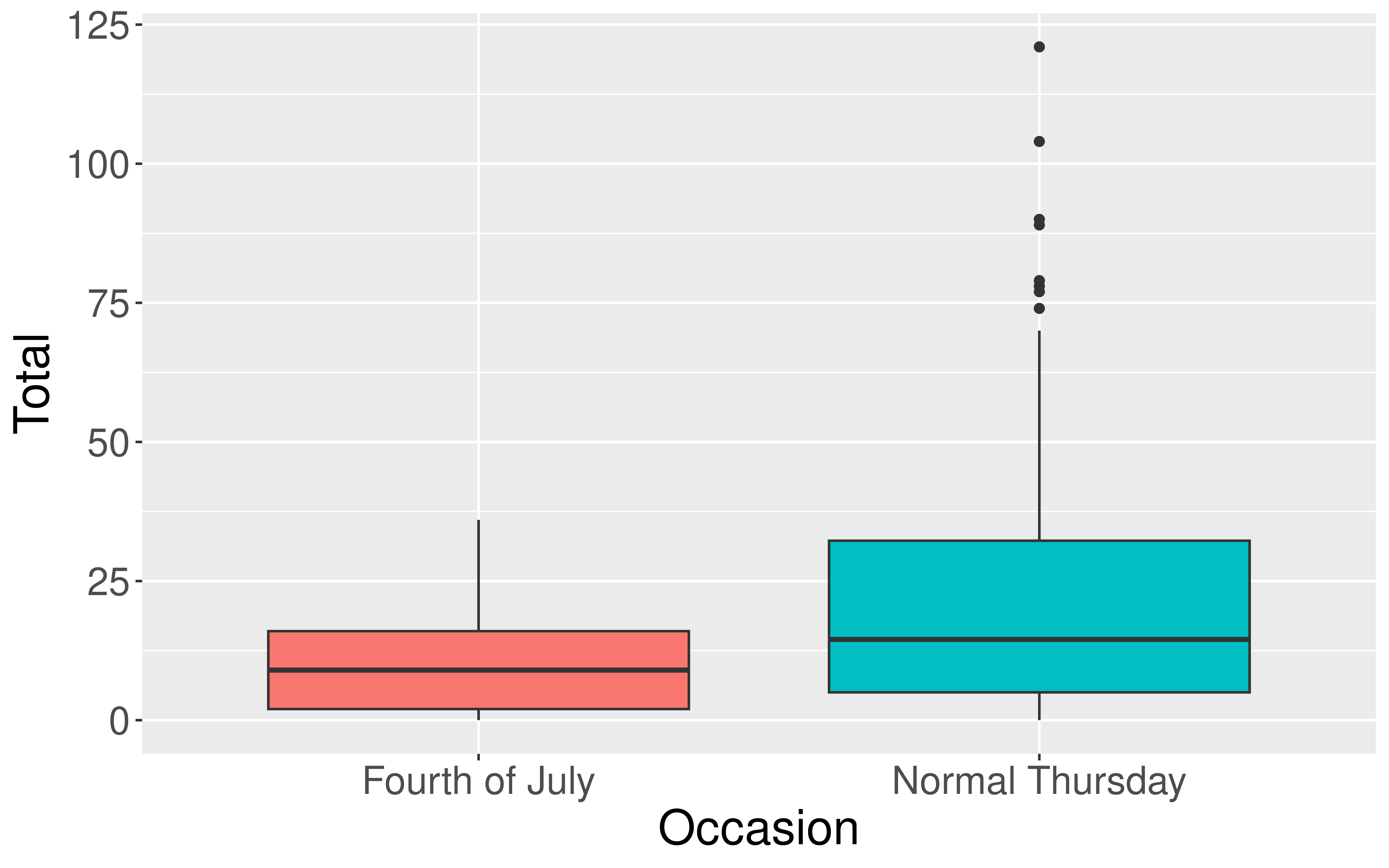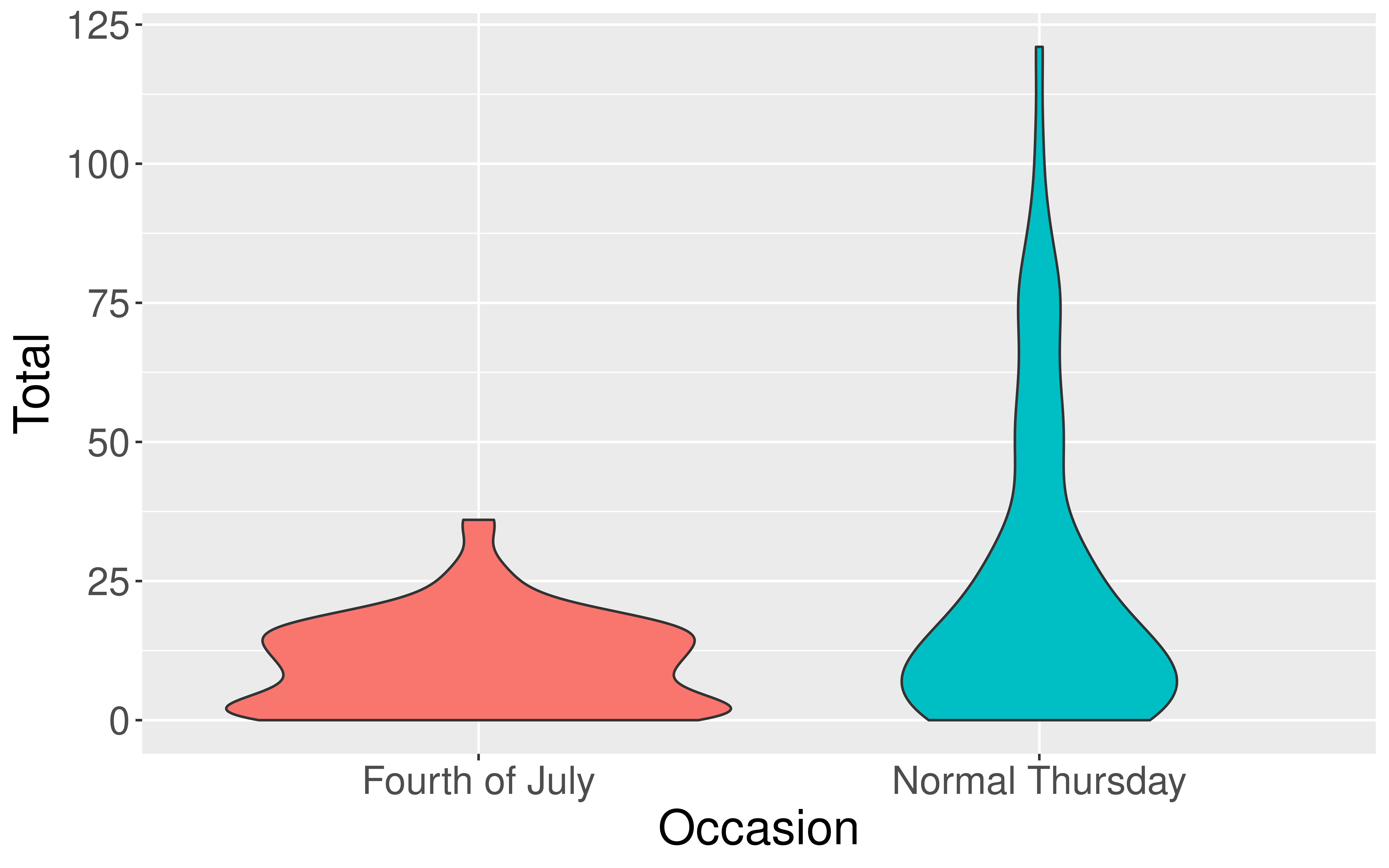

Data Visualization
Kelly McConville
Stat 100
Week 2 | Fall 2023
Announcements
- Class in full swing:
- Sections: Can find your assigned section in my.harvard but need to go to the linked spreadsheet to find the room!
- Office hours
- Fill out this form after your first visit.
- Wrap-ups on Th 3-4pm and Fri 10:30 - 11:30am in SC 309
- Lecture quiz will be released in Gradescope after class today.
Teachly
Teachly is a platform that allows you to fill out a profile so that we can get to know you and your interests in stats/data science better.
You should have received two emails:
- The general Teachly profile
- A couple additional Stat 100 related questions
Each question is optional. You will not be assessed on its completion or your answers.
Ways we plan to use Teachly:
- To get to know you better.
- To find out what data applications you might be interested in seeing.
- To tailor advice related to future statistical endeavors.
Goals for Today
First Segment:
- Motivate data visualizations.
- Develop language to talk about the components of a graphic.
- Practice deconstructing graphics.
- Discuss good graphical practices.
Second Segment:
- Learn the general structure of
ggplot2. - Learn a few standard graphs for numerical/quantitative data:
- Histogram: one numerical variable
- Side-by-side boxplot: one numerical variable and one categorical variable
- Side-by-side violin plot: one numerical variable and one categorical variable
Why construct a graph?
To explore the data.
To summarize the data.
To showcase trends and make comparisons.
To tell a compelling story.
Challenger
On January 27th, 1986, engineers from Morton Thiokol recommended NASA delay launch of space shuttle Challenger due to cold weather.
- Believed cold weather impacted the o-rings that held the rockets together.
- Used 13 charts in their argument.
After a two hour conference call, the engineer’s recommendation was overruled due to lack of persuasive evidence and the launch proceeded.
The Challenger exploded 73 seconds into launch.
Challenger
Here’s one of those charts.
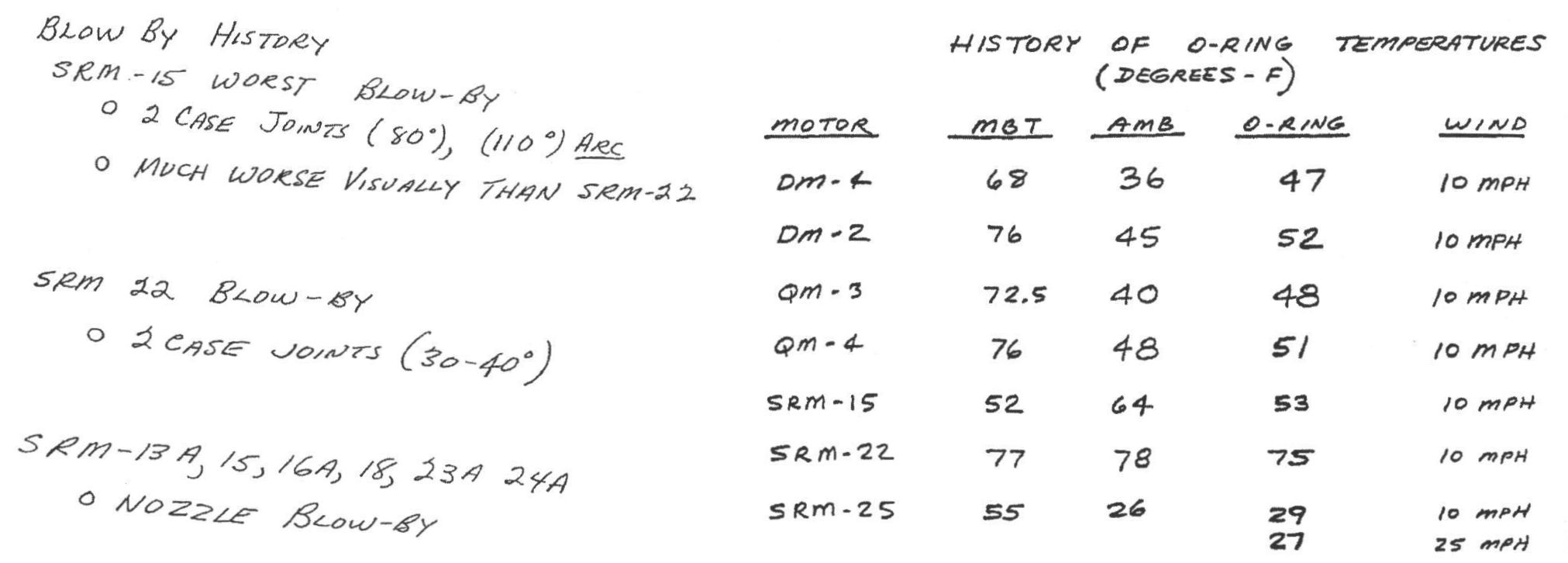
Challenger
Here’s another one of those charts.

Challenger
Here’s a graphic I created from Edward Tufte’s data.
Challenger
This adaptation is a recreation of Edward Tufte’s graphic.

Now let’s learn the Grammar of Graphics.
We will use this grammar to:
Decompose and understand existing graphs.
Create our own graphs with the R package ggplot2.
Grammar of Graphics
- data: Data frame that contains the raw data
- Variables used in the graph
- geom: Geometric shape that the data are mapped to.
- EX: Point, line, bar, text, …
- aesthetic: Visual properties of the geom
- EX: X (horizontal) position, y (vertical) position, color, fill, shape
- scale: Controls how data are mapped to the visual values of the aesthetic.
- EX: particular colors, log scale
- guide: Legend/key to help user convert visual display back to the data
For right now, we won’t focus on the names of particular types of graphs (e.g., scatterplot) but on the elements of graphs.
Example 1
- What are the variables?
- What geom are the variables map to?
- What are the aesthetics of the geom?
- How is each variable mapped to an aesthetic?
- What additional context is provided?
- What story is the graph telling?
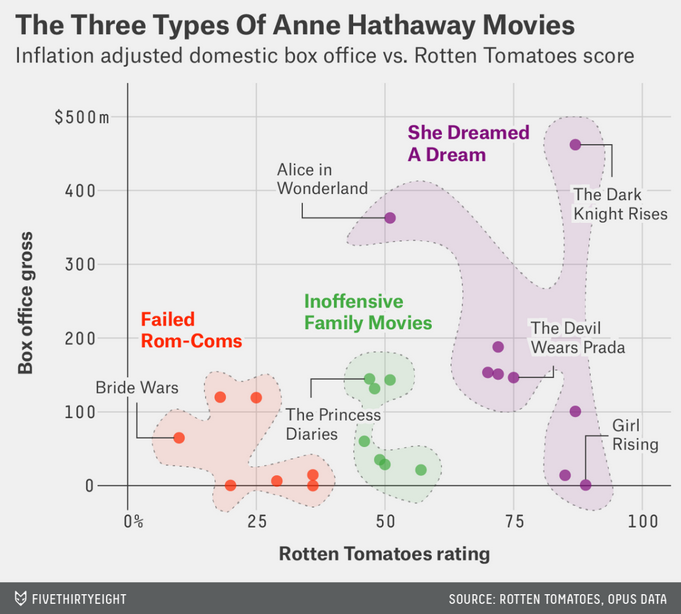
Example 2
- What are the variables?
- What geom are the variables map to?
- What are the aesthetics of the geom?
- How is each variable mapped to an aesthetic?
- What additional context is provided?
- What story is the graph telling?
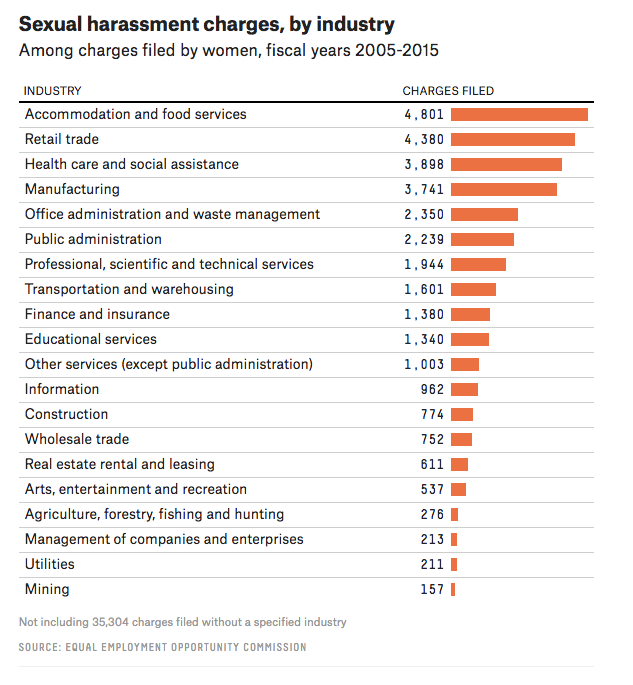
Visualization Considerations
What additional context should my graphs have?
For context, at a minimum include
- Axis labels (with units reported).
- Legends.
- Data source.
Think about the stories/questions your visualization answers.
Determine what context/background information your viewer needs.
Visualizing data involves editorial choices.
- What to highlight.
- What comparisons to make easy to see.
- What scales to use.
Context Example
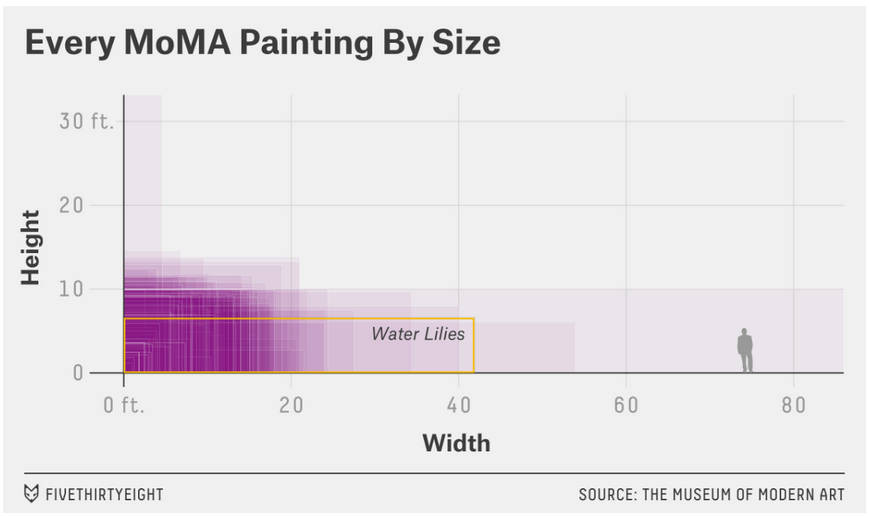
What visual cues are easier to compare?
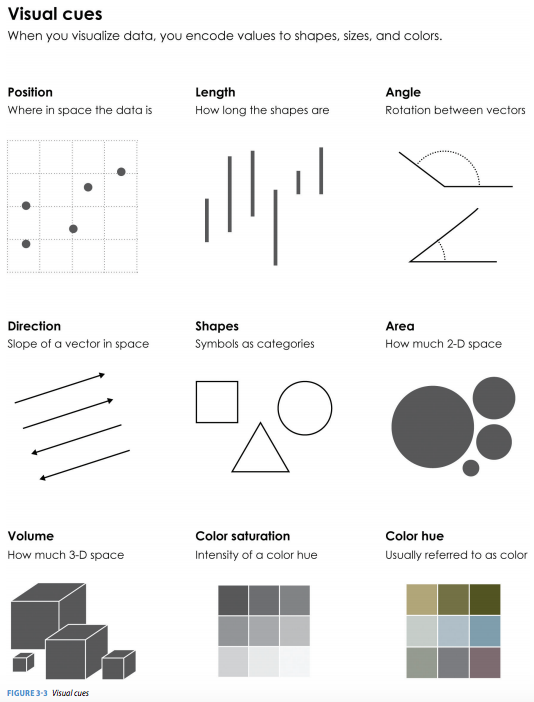
What to consider with color?
Consider color blindness.

Color Palettes – Sequential
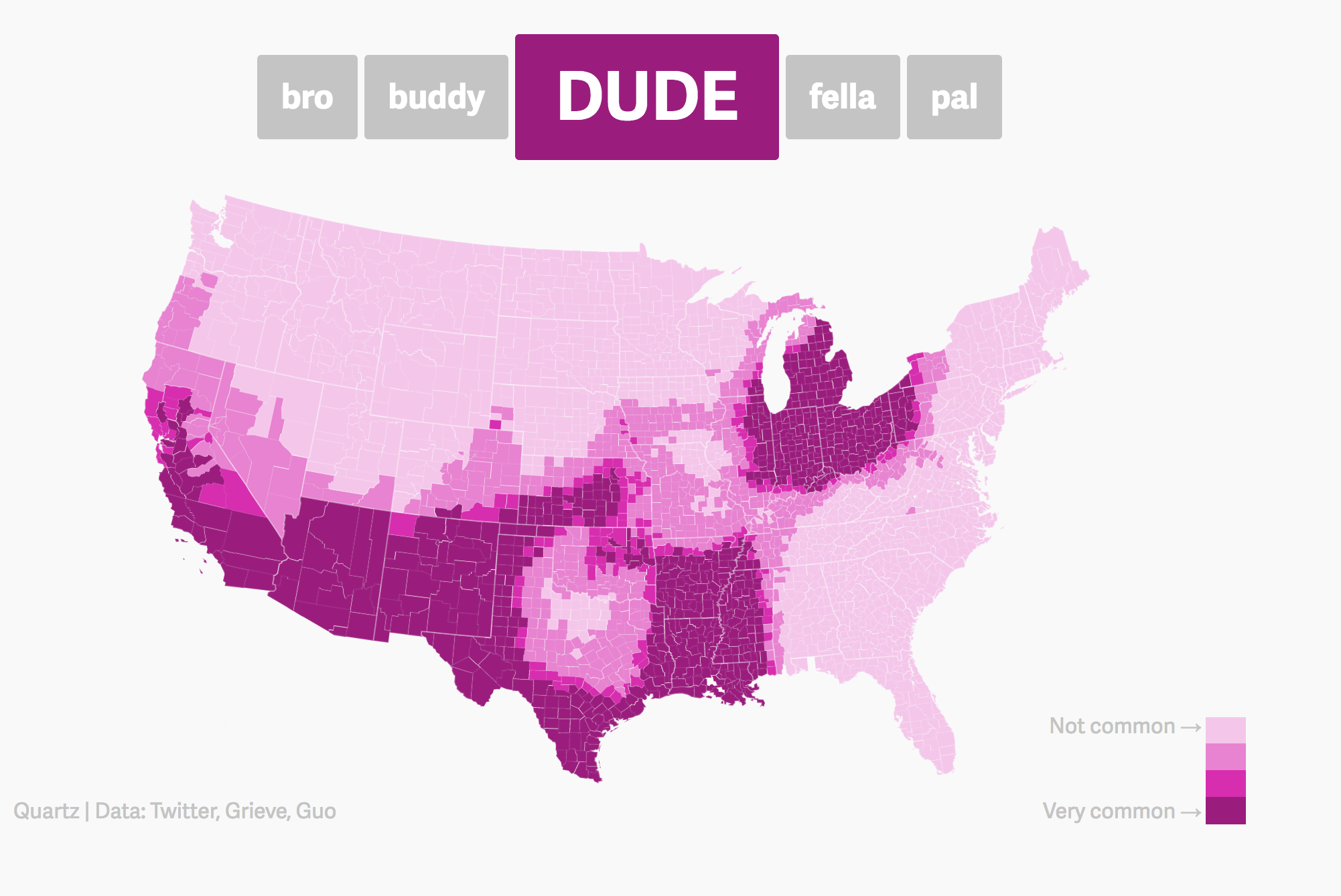
Maps, like the Dude map are also a great way to provide context!
Color Palettes – Diverging
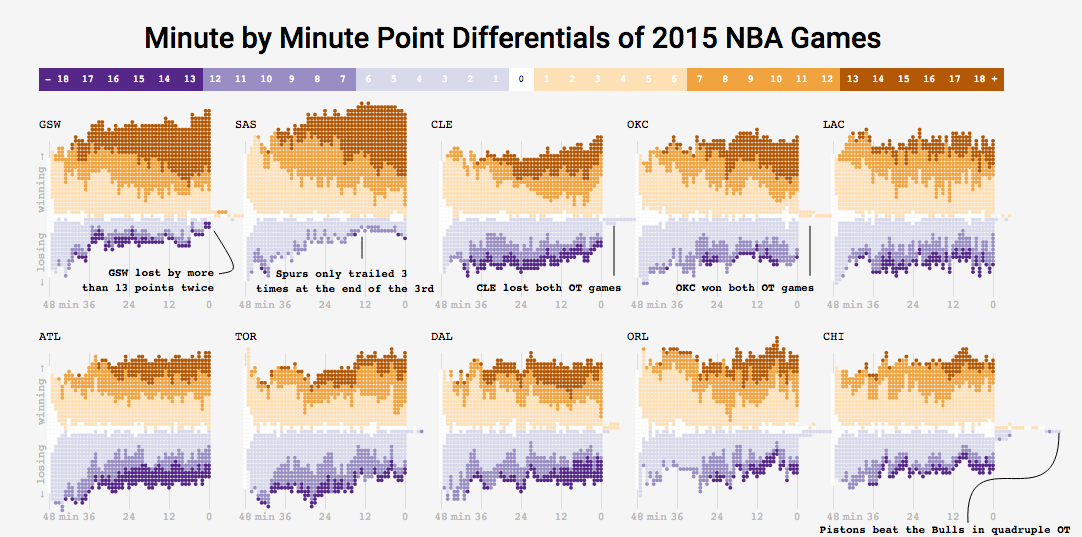
Color Palettes – Qualitative

Many Ways To Visually Tell A Story
Washington Post’s Approach:

Bad Graphics
Because of all the design choices, it is much easier to make a bad graph than a good graph.
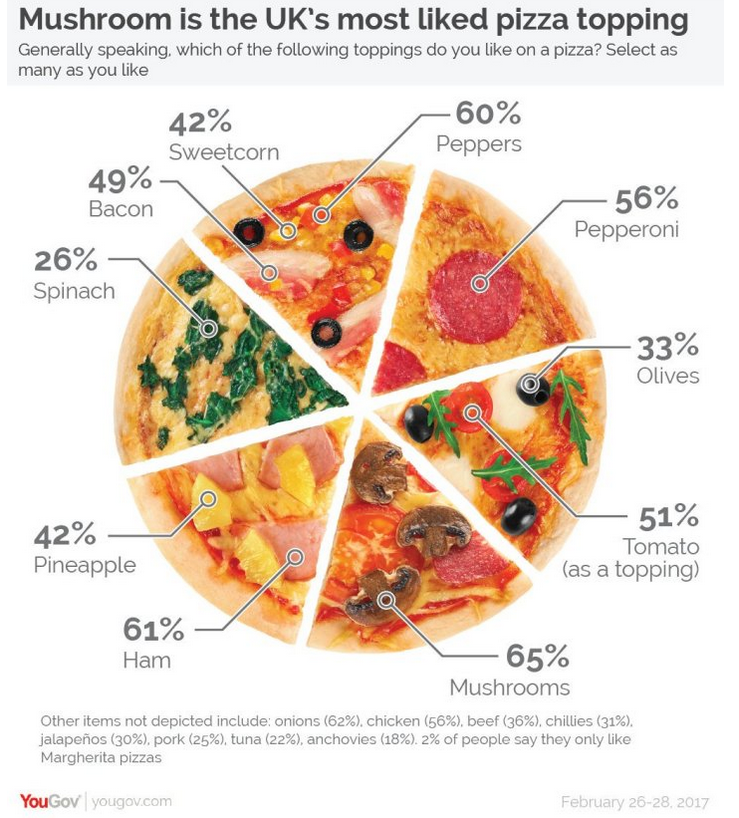
Misleading Graphics
Be careful that your design choices don’t cause your viewer to draw incorrect conclusions about the data:
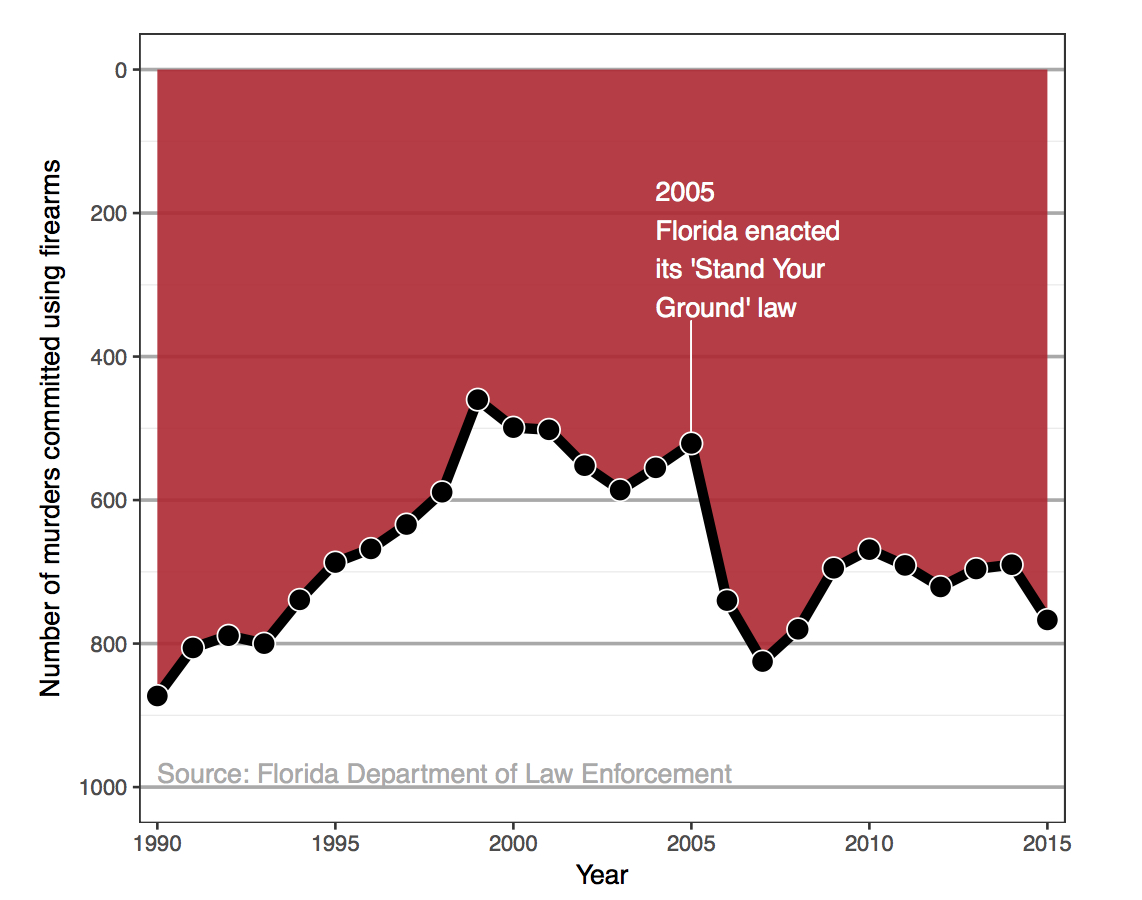
- Just letting the software make all the design choices can still lead to misleading graphs (recall the Georgia COVID graph).
Summary Thoughts on Graphical Considerations
Good graphics are one’s where the findings and insights are obvious to the viewer.
- Add information and key context.
Facilitate the comparisons that correspond to the research question.
- Recall the three Georgia COVID counts graphs from Day 1!
Data visualizations are not neutral.
It is easier to see the differences and similarities between different types of graphics if we learn the grammar of graphics.
Practicing decomposing graphics should make it easier for us to compose our own graphics.
Load Necessary Packages

ggplot2 is part of this collection of data science packages.
Data Setting: Eco-Totem Broadway Bicycle Count

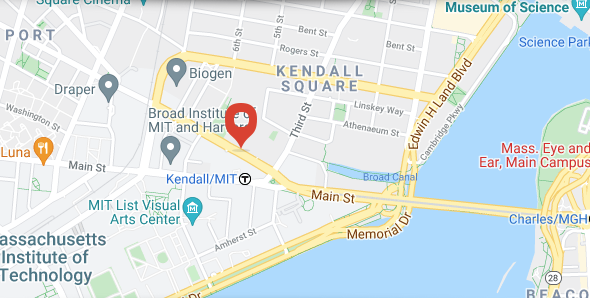
Import the Data
Rows: 192
Columns: 8
$ DateTime <chr> "07/04/2019 12:00:00 AM", "07/04/2019 12:15:00 AM", "07/04/2…
$ Day <chr> "Thursday", "Thursday", "Thursday", "Thursday", "Thursday", …
$ Date <date> 2019-07-04, 2019-07-04, 2019-07-04, 2019-07-04, 2019-07-04,…
$ Time <time> 00:00:00, 00:15:00, 00:30:00, 00:45:00, 01:00:00, 01:15:00,…
$ Total <dbl> 2, 3, 2, 0, 3, 2, 1, 0, 0, 0, 0, 0, 1, 1, 0, 0, 0, 0, 1, 1, …
$ Westbound <dbl> 2, 3, 1, 0, 2, 2, 1, 0, 0, 0, 0, 0, 1, 1, 0, 0, 0, 0, 0, 1, …
$ Eastbound <dbl> 0, 0, 1, 0, 1, 0, 0, 0, 0, 0, 0, 0, 0, 0, 0, 0, 0, 0, 1, 0, …
$ Occasion <chr> "Fourth of July", "Fourth of July", "Fourth of July", "Fourt…Inspect the Data
# A tibble: 6 × 8
DateTime Day Date Time Total Westbound Eastbound Occasion
<chr> <chr> <date> <tim> <dbl> <dbl> <dbl> <chr>
1 07/04/2019 12:00:00… Thur… 2019-07-04 00:00 2 2 0 Fourth …
2 07/04/2019 12:15:00… Thur… 2019-07-04 00:15 3 3 0 Fourth …
3 07/04/2019 12:30:00… Thur… 2019-07-04 00:30 2 1 1 Fourth …
4 07/04/2019 12:45:00… Thur… 2019-07-04 00:45 0 0 0 Fourth …
5 07/04/2019 01:00:00… Thur… 2019-07-04 01:00 3 2 1 Fourth …
6 07/04/2019 01:15:00… Thur… 2019-07-04 01:15 2 2 0 Fourth …What does a row represent here?
Inspect the Data
Grammar of Graphics
- data: Data frame that contains the raw data
- Variables used in the graph
- geom: Geometric shape that the data are mapped to.
- EX: Point, line, bar, text, …
- aesthetic: Visual properties of the geom
- EX: X (horizontal) position, y (vertical) position, color, fill, shape
- scale: Controls how data are mapped to the visual values of the aesthetic.
- EX: particular colors, log scale
- guide: Legend/key to help user convert visual display back to the data
ggplot2 example code
Guiding Principle: We will map variables from the data to the aesthetic attributes (e.g. location, size, shape, color) of geometric objects (e.g. points, lines, bars).
- There are other layers, such as
scales_---_---()andlabs(), but we will wait on those.
Histograms
Binned counts of data.
Great for assessing shape.

Data Shapes

Histograms
Histograms
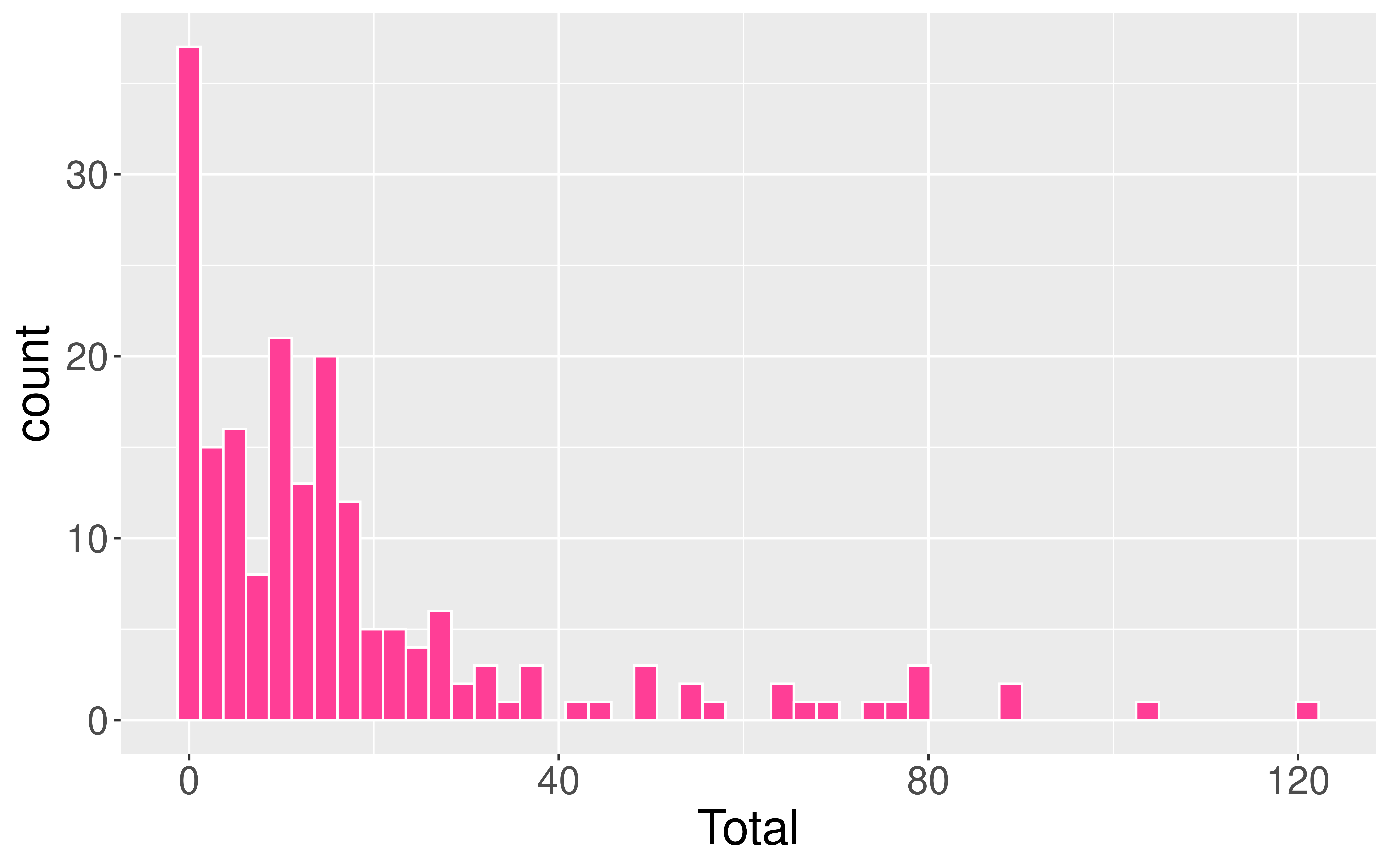
- mapping to a variable goes in
aes() - setting to a specific value goes in the
geom_---()
Boxplots
- Five number summary:
- Minimum
- First quartile (Q1)
- Median
- Third quartile (Q3)
- Maximum
- Interquartile range (IQR) \(=\) Q3 \(-\) Q1
- Outliers: unusual points
- Boxplot defines unusual as being beyond \(1.5*IQR\) from \(Q1\) or \(Q3\).
- Whiskers: reach out to the furthest point that is NOT an outlier

Boxplots
Boxplots
Boxplots
Boxplots
Violin Plots
Boxplot Versus Violin Plots


Recap: ggplot2
Reminders
- Class in full swing:
- Sections: Can find your assigned section in my.harvard but need to go to the linked spreadsheet to find the room!
- Office hours
- Wrap-ups on Th 3-4pm and Fri 10:30 - 11:30am in SC 309
- Lecture quiz will be released in Gradescope after class today.


